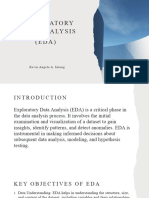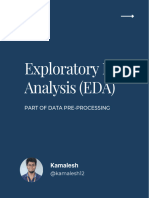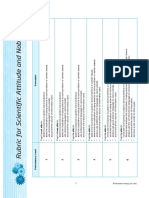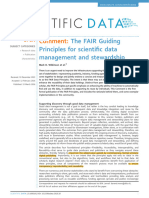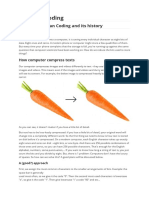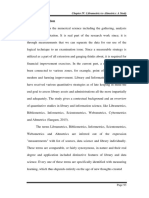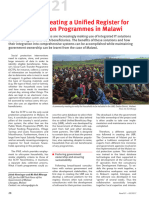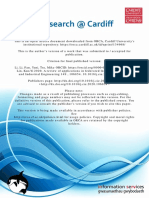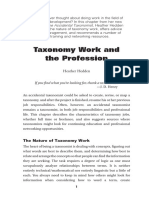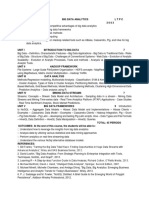Exploratory Data Analysis (EDA) is a crucial step in the data analysis
process. It involves investigating datasets to summarize their main
characteristics, often using visual methods. Here are the key components
of EDA:
1. Loading the Data:
o Import data from various sources like CSV, Excel, databases,
or APIs using libraries such as pandas.
2. Cleaning the Data:
o Handle missing values, remove duplicates, and correct errors.
Techniques include imputation, dropping missing values, and
data transformation.
3. Visualizing the Data:
o Use plots and charts to identify patterns, trends, and outliers.
Common visualizations include histograms, box plots, scatter
plots, and heatmaps. Libraries like matplotlib and seaborn are
often used.
4. Summarizing the Data:
o Calculate basic statistics such as mean, median, mode,
standard deviation, and percentiles. This helps in
understanding the distribution and central tendency of the
data.
5. Feature Engineering:
o Create new features or modify existing ones to improve
analysis. This can involve scaling, encoding categorical
variables, and creating interaction terms.
6. Identifying Patterns and Relationships:
o Explore relationships between variables using correlation
matrices and pair plots. This helps in understanding how
different variables interact with each other.
7. Detecting Outliers and Anomalies:
o Identify unusual data points that may affect the analysis.
Techniques include visual inspection and statistical methods
like Z-scores.
8. Formulating Hypotheses:
� o Based on the insights gained, formulate hypotheses for further
analysis or modeling. This step helps in guiding the direction
of subsequent analyses.
Benefits of EDA:
Improved Data Quality: Identifies and corrects data issues early in
the analysis process.
Better Understanding: Provides a comprehensive understanding
of the dataset, revealing underlying patterns and relationships.
Informed Decision-Making: Helps in making informed decisions
about data preprocessing, feature selection, and modeling
techniques.
Enhanced Communication: Visualizations and summaries make it
easier to communicate findings to stakeholders.




